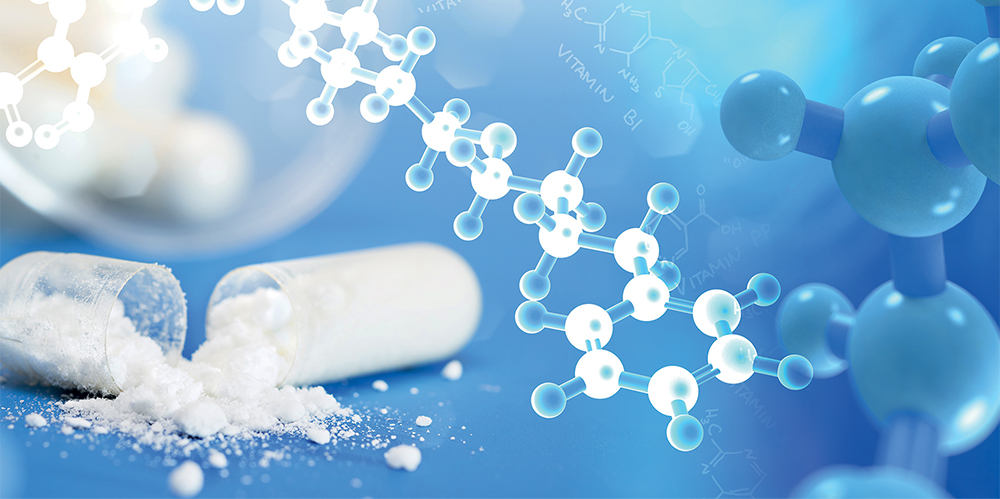

Solid Form Quantification – A New Benchtop Solution
In the pharmaceutical industry, about 80% of all Active Pharmaceutical Ingredients (APIs) tend to exist in more than one crystalline form or even as an amorphous fraction.
As a change in structure affects the physical and chemical properties of a molecule, polymorphism presents a potential risk to the viability and safety of a drug. Thus, proving the polymorphic purity of the lead API plays a crucial role from early drug development to manufacturing.
Whilst there are methods available that can analyze solid forms in one way or another, there is no universal method to quantify and monitor the different API morphologies.
In this webinar, Product Manager for TD-NMR Pharma Applications, Dr. Venita Decker, and Application Manager / Developer in the Applied, Industrial and Clinical Division, Dr. Marcio-Fernando Cobo, of Bruker BioSpin discuss these existing methods with a slight focus on solid-state Nuclear Magnetic Resonance (NMR) spectroscopy. They highlight how solid-state NMR is currently used to quantify solid forms in drug formulations and compare it against a recently introduced Time-Domain NMR (TD-NMR) method – namely Bruker’s new benchtop solution ‘the minispec Form Check’.
The webinar starts off by presenting current issues surrounding polymorphism in many of the APIs used within drug formulations and is tied in with the challenges facing R&D scientists who use these ingredients in early-stage drug development. The solution to these problems can be found with benchtop TD-NMR, as it combines the analytical power of NMR with easy-to-use protocols.
After a brief introduction into the main principles of NMR, the key differences between conventional NMR and TD-NMR are presented in a technical, but understandable, way. An important key factor discussed, which makes TD-NMR an ideal instrument for solid form quantification, is that the process is tailored to measure physical properties, not chemical information.
Dr. Decker then moves onto explaining how TD-NMR can be used for distinguishing between liquid, solid and solid-liquid-mix samples and can back out ratios, absolute quantities or relative mass percentages of solid components in mixed systems. To understand, how the minispec Form Check quantifies solid forms, Dr. Decker first gives insights into the principles of the underlying saturation recovery experiment, before showing a video of a real Form Check measurement.
Dr. Decker also showcases the second key component of the minispec Form Check, the Dynamics Center software, in a second video. It is presented how the software enables a simple analysis for the user being performed within seconds via ‘drag and drop’ of multifunctional results folders.
Further key features of the minispec Form Check are highlighted throughout the webinar, and those of note include minimal sample preparation and calibration, small footprint of the benchtop system, the use of a cryogen-free magnet, as well as the highlighted automatic parameter optimization and analysis. However, these are just the tip of the iceberg in terms of the benefits offered for solid form quantification, and more are documented throughout the webinar.
The system can be used for a wide range of pharmaceutical applications, from polymorphism screening, to drug loading and storage screening, and is a useful tool for scientists in the fine chemicals, polymer and other formulation industries.


